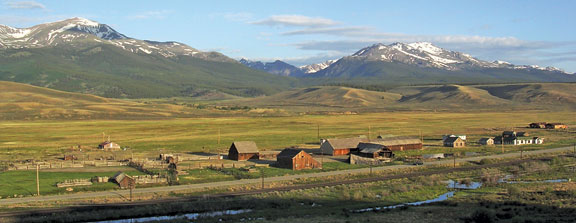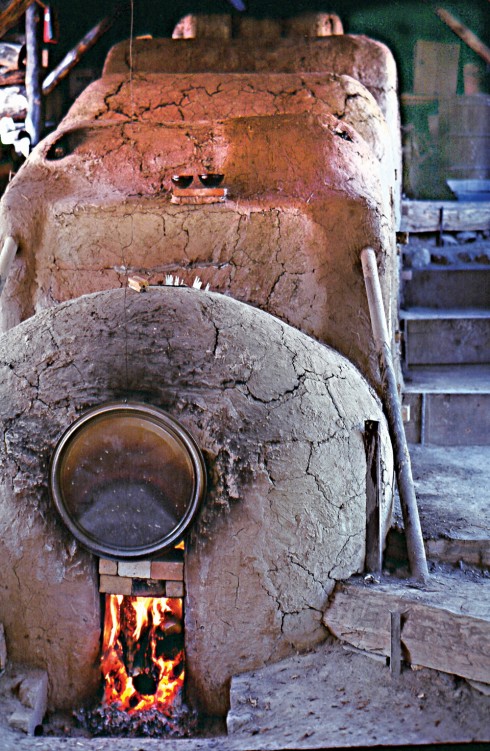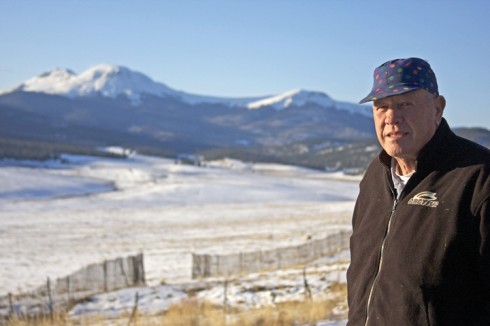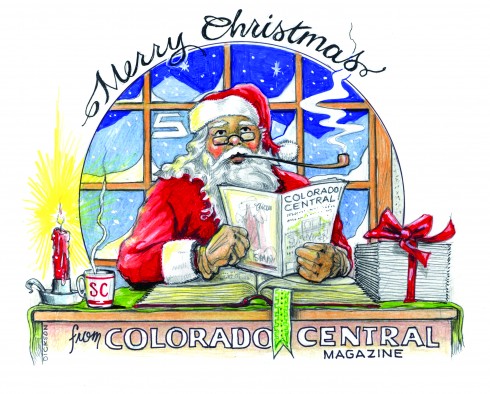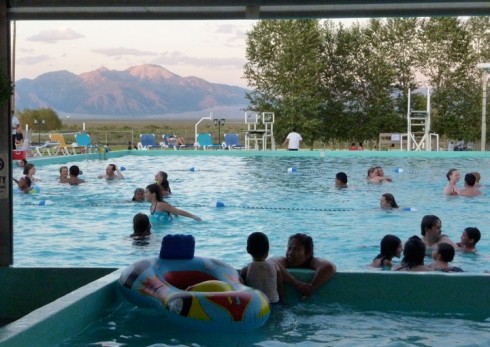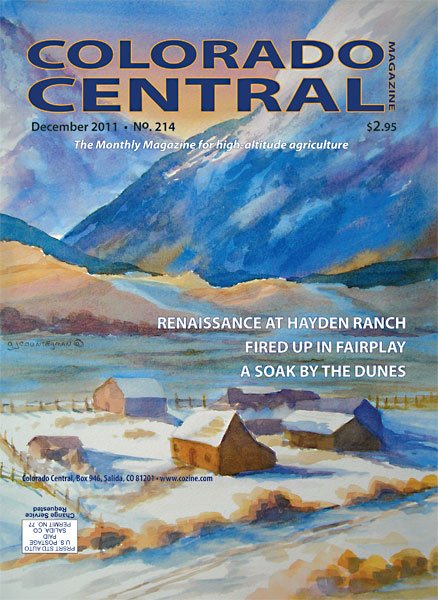Work continues on the ranch in the winter of 2011 under the watchful eye of Steve Harris, owner of Cloud City Builders and project manager for K.W. Construction and Restoration, Inc. in Leadville, the general contractor for Phases I, II and III. Phase I was completed in 2007, Phase II in 2010, and Phase III is currently in process. Crews are at the site working on the restoration all winter and into next spring.
A Master Plan for the Hayden Ranch project was completed earlier this year which includes the overall plan, the project background, existing condition of the land and the natural setting, a list of current contributing structures as well as evidence of past buildings, historic register designation and non-contributing structures, available infrastructure, land use restraints, and adaptive use: an Experiential Education Center.

